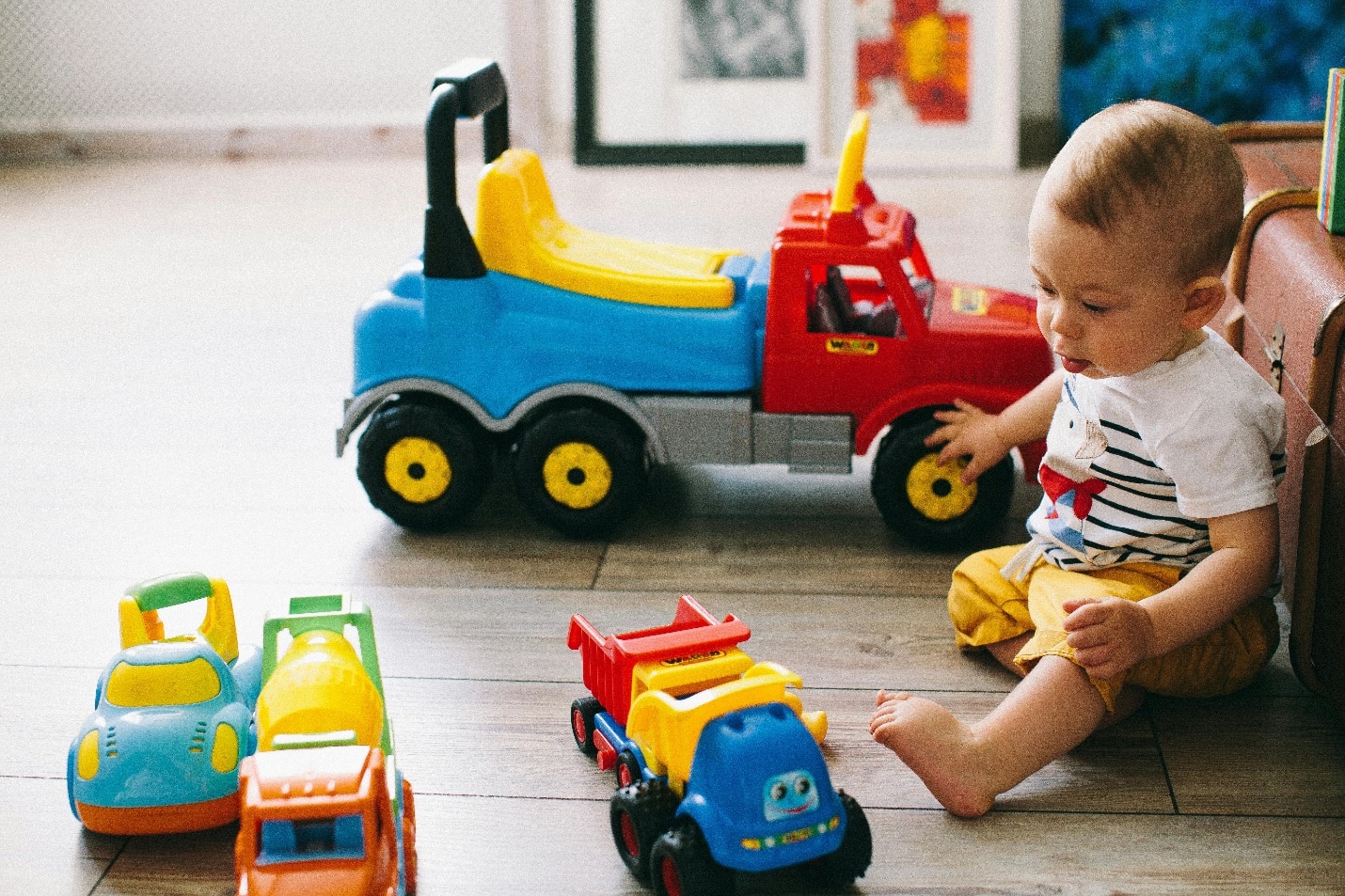As your baby grows, so do their essentials, from clothing and toys to diapers and furniture. Keeping track of everything can feel overwhelming, but with some thoughtful organization, you can create a system that works for both you and your baby.
For families in smaller towns like Lyles, TN, where space might be limited, finding practical ways to organize can be even more important.
From maximizing closet space to finding additional storage solutions, organizing your baby’s essentials will help you manage the chaos and keep things running smoothly.
1. Categorize Essentials by Age and Stage
One of the first steps to organizing your baby’s essentials is categorizing items by their age and stage of development. Babies go through rapid changes, which means they need different items at various stages. A newborn’s needs differ greatly from those of a six-month-old or a toddler.
Start by sorting your baby’s items into categories, such as newborn, 6-12 months, and toddler stages. For example, newborn essentials like swaddles and pacifiers should be easily accessible, while larger items, such as clothes for when the baby is older, can be stored away for future use.
This approach helps ensure that only the most relevant items are available when needed, while others are tucked away, reducing clutter.
2. Invest in Storage Solutions
Having the right storage solutions in place can make a big difference in how organized your space feels. Consider investing in storage options that are not only functional but also versatile. Bins, shelves, and baskets are great options for keeping things organized while ensuring everything is within easy reach.
Renting storage units in Lyles TN is a practical solution for families living in smaller communities where space at home might be limited. A storage unit can help you keep larger, less frequently used items—such as a crib, stroller, or high chair—out of the way until they are needed. This way, you can maintain a clutter-free home while still having access to these essentials when the time comes.
3. Maximize Closet Space
Closets can quickly become a mess if not organized properly. To make the most out of your closet space, consider using organizers designed specifically for small items, such as baby clothes, shoes, and blankets. Hanging organizers are great for storing frequently used items, such as onesies, bibs, and baby shoes.
Drawer dividers can also be incredibly helpful for keeping small clothing items separated and easy to find. By having a dedicated space for everything, you can prevent the closet from becoming overwhelmed with clutter.
4. Use Labels to Stay Organized
Labels are a simple yet effective way to keep track of all your baby’s items, especially when you have a lot of similar-looking items like baby clothes, diapers, and toys. By labeling bins, drawers, and shelves, you’ll always know exactly where everything is, and it will make it easier to find what you need in a pinch.
One useful tip is to use color-coded labels for different categories. For example, you can use blue for clothing, green for toys, and yellow for diapering supplies. This visual system will help you locate items quickly, making daily routines like getting dressed or changing diapers smoother and less stressful.
5. Rotate Seasonal Items
Babies outgrow clothing quickly, and their needs change as the seasons shift. To stay organized, it’s a good idea to rotate seasonal items, such as winter coats or summer hats. By keeping only in-season clothing readily available, you’ll save space and reduce the amount of clutter you have to deal with on a daily basis.
Store out-of-season items in bins or boxes that can be kept under the bed or in a closet. Clearly write which items are stored in the containers so you can easily identify them when the weather changes.
This method not only keeps your baby’s wardrobe organized but also ensures that you aren’t sifting through irrelevant items when dressing your little one each day.
6. Utilize Vertical Space
Vertical space is often underutilized in many homes, but it can be a game changer when organizing your baby’s growing essentials. Wall-mounted shelves, hanging racks, and even over-the-door organizers are great options for saving floor space while keeping important items within easy reach.
By utilizing the walls, you can store toys, books, shoes, and other small items without crowding your baby’s nursery or living space.
For example, installing a few shelves near the changing table can give you extra space for diapering supplies, lotions, and wipes. You can also hang baskets on the wall to store soft toys or baby shoes.
Not only does this help you stay organized, but it also adds a decorative touch to the room. Vertical storage is especially helpful if you live in a smaller space and need to make the most of every inch.
7. Keep Diapering Supplies Handy
Diapering supplies are used so frequently that they should always be easily accessible. To make diaper changes smoother, set up a dedicated diapering station in your baby’s room or wherever you do most diaper changes.
A portable caddy with compartments for diapers, wipes, and creams is a great option because it allows you to move the essentials around the house if needed.
If you prefer a stationary setup, a small dresser or changing table with built-in storage works well. You can organize diapering supplies in the top drawer or use bins on a nearby shelf to keep everything within arm’s reach.
Organizing diapering supplies in one spot reduces stress during changes and ensures that you never run out of the items you need most.
Wrapping it Up
In conclusion, organizing your baby’s growing essentials doesn’t have to be an overwhelming task. With the right storage solutions and strategies, you can create a functional and clutter-free space that keeps everything you need within easy reach.
Whether it’s using vertical storage or increasing closet space, these tips will help you maintain order in your home while ensuring your baby has everything they need as they grow.








